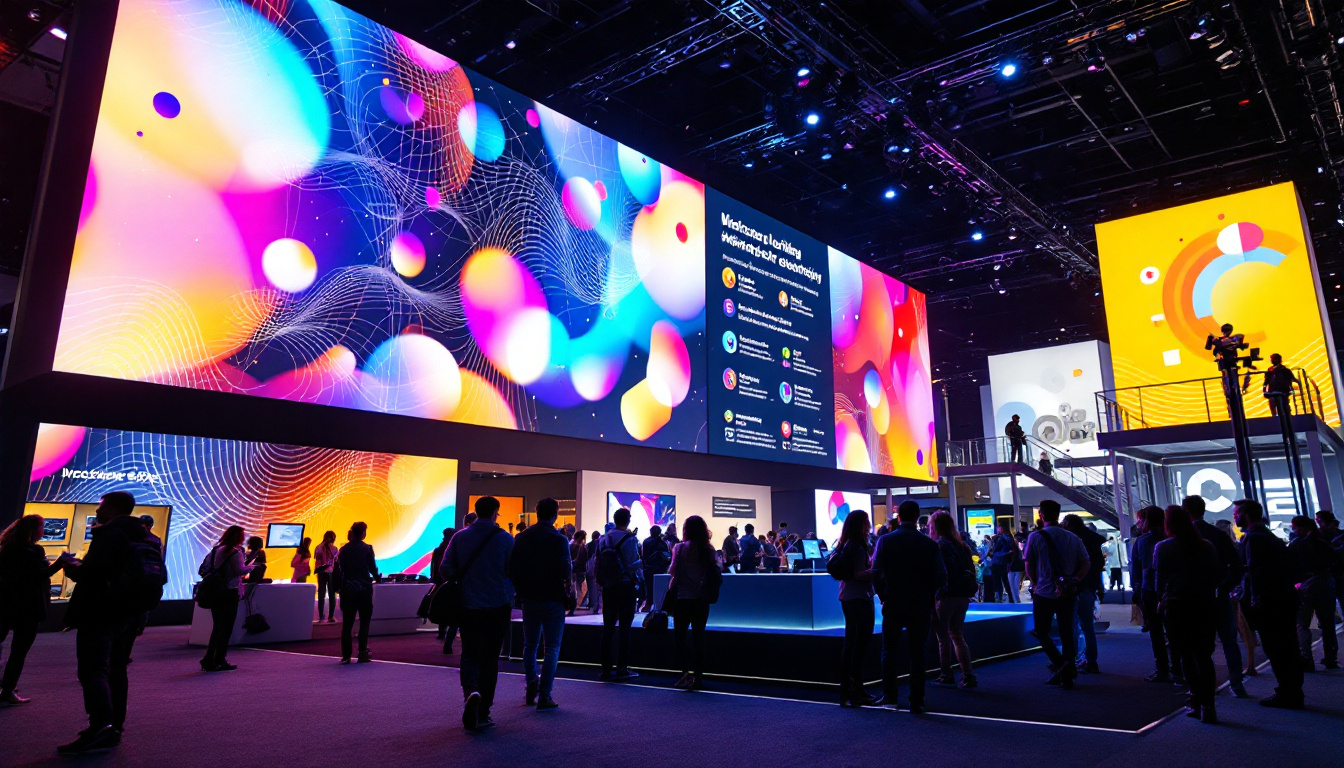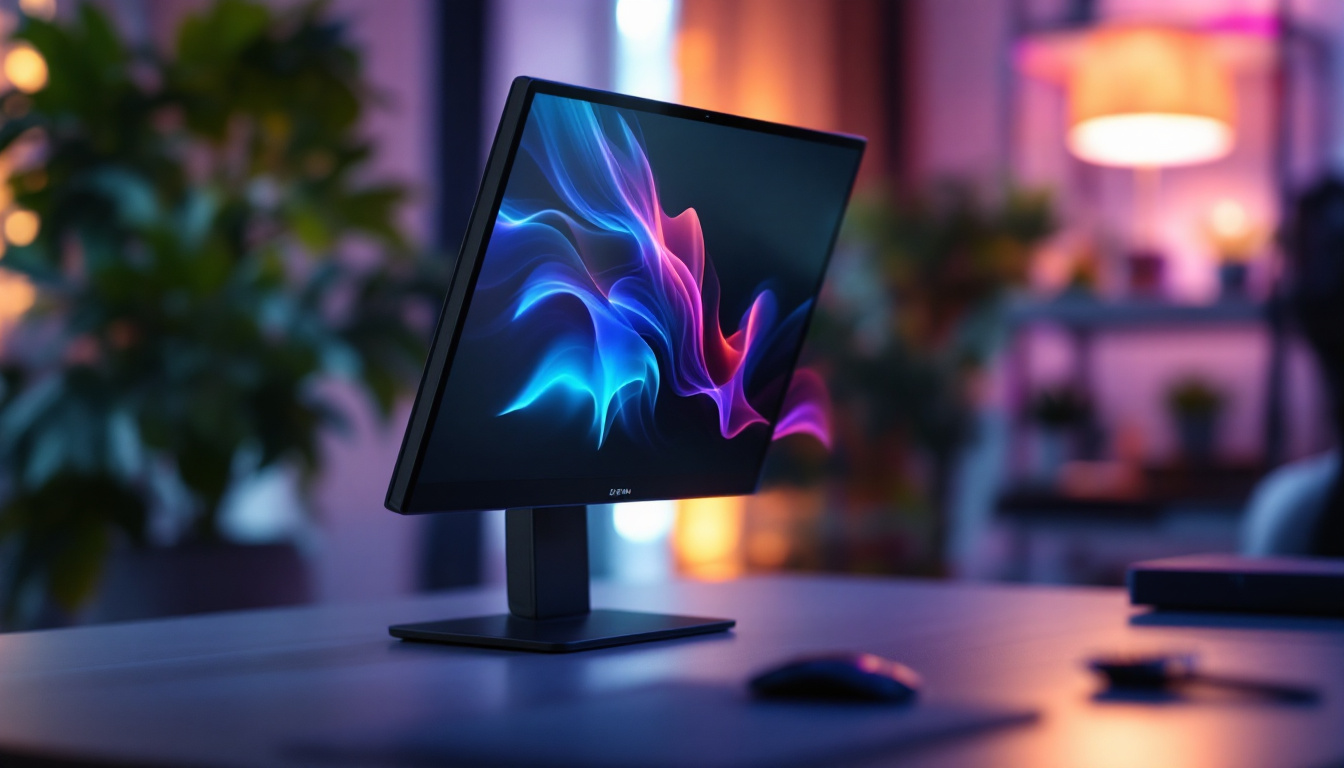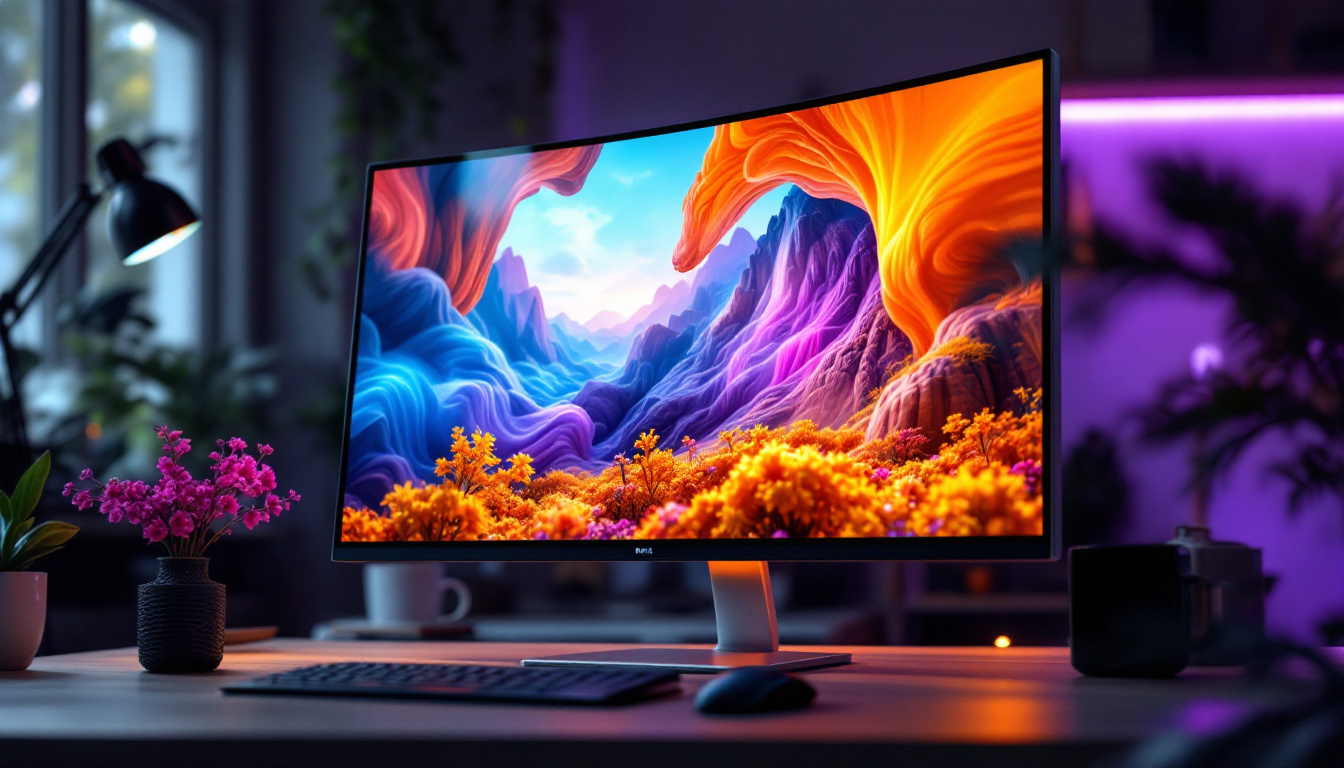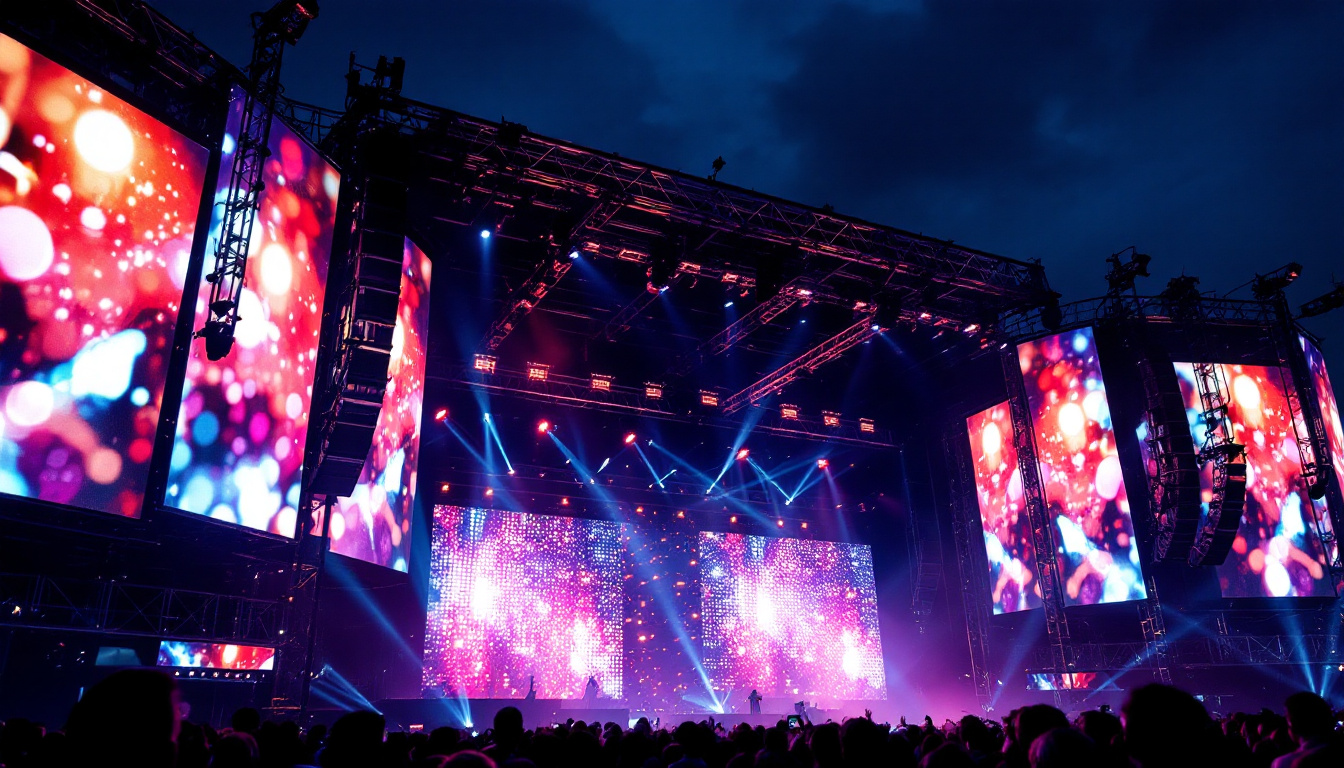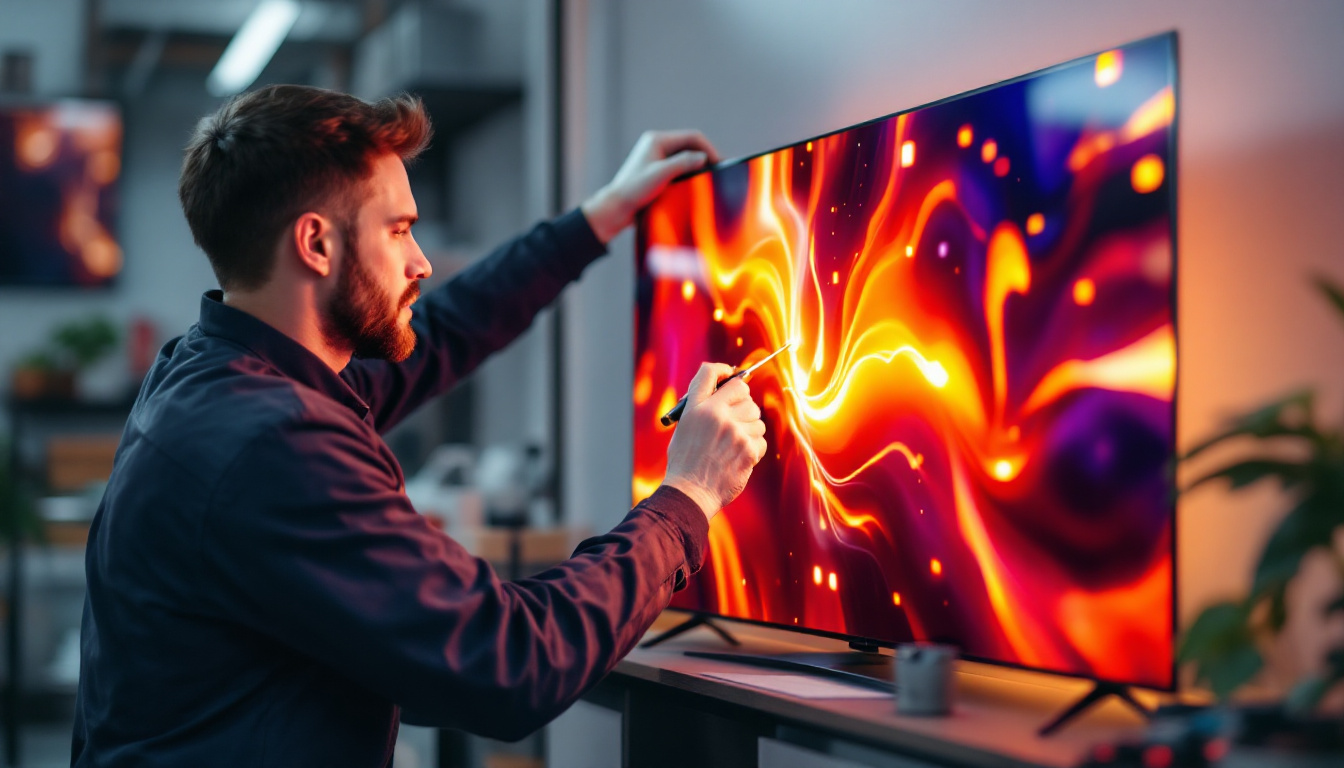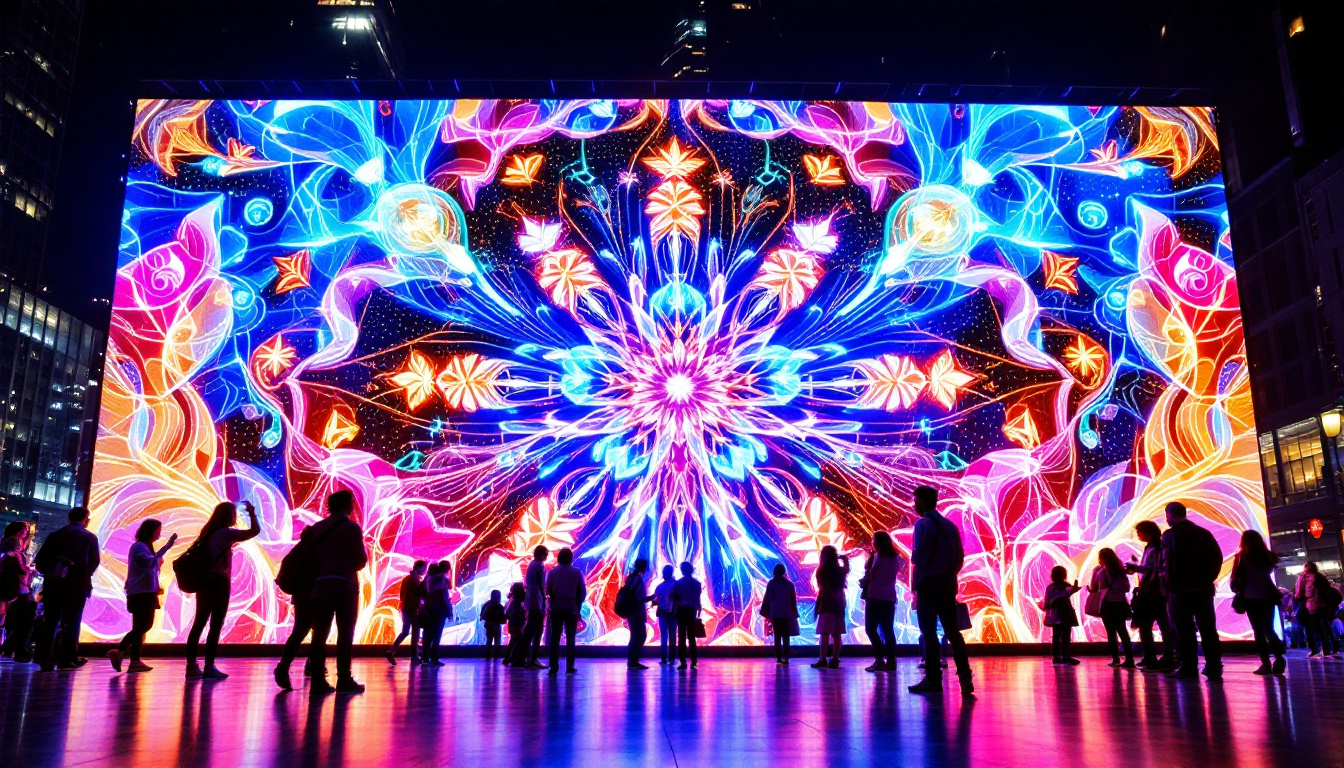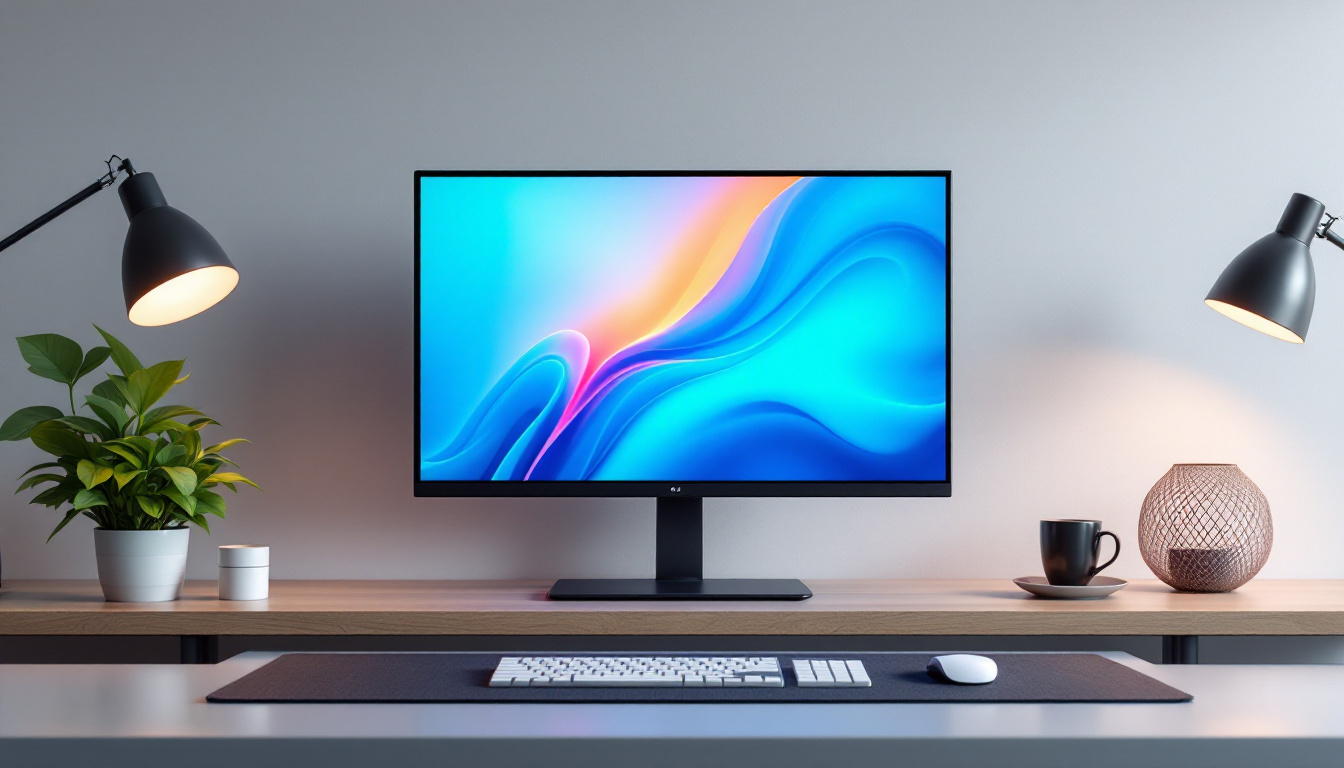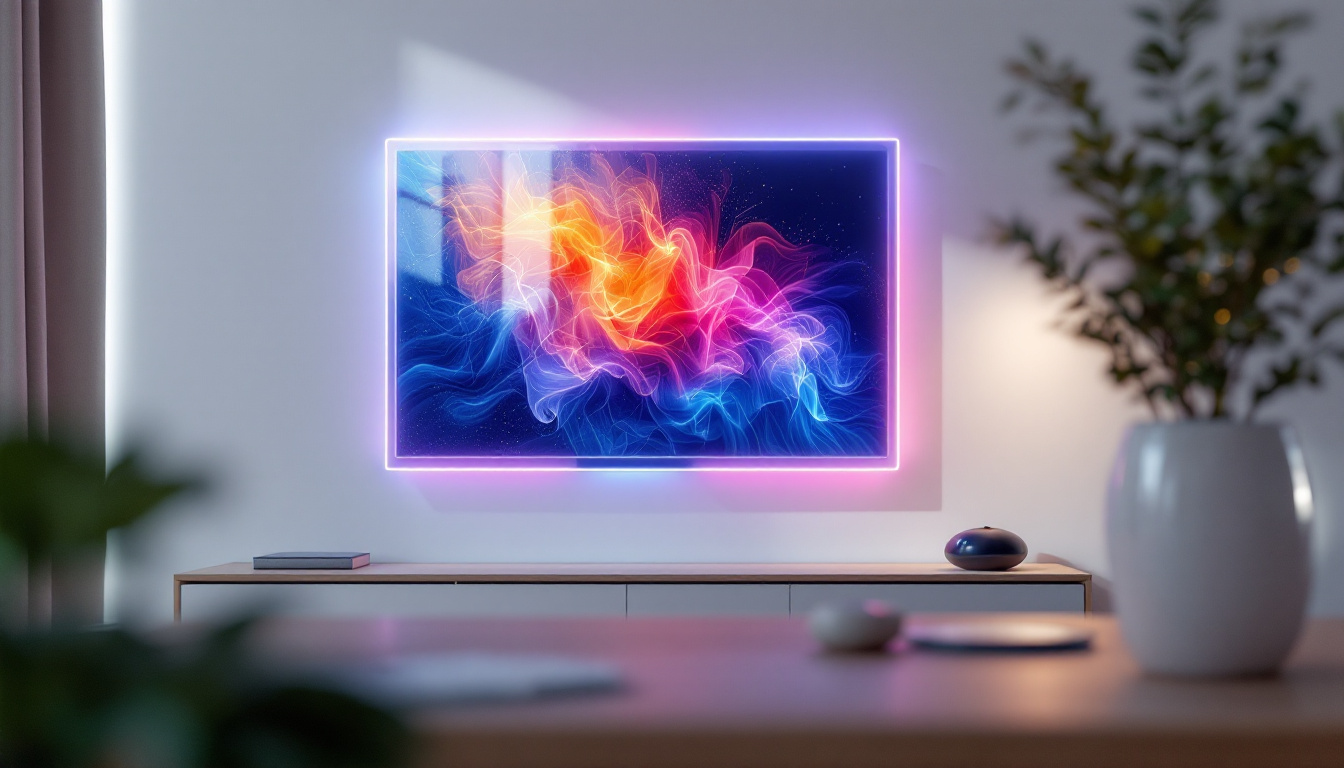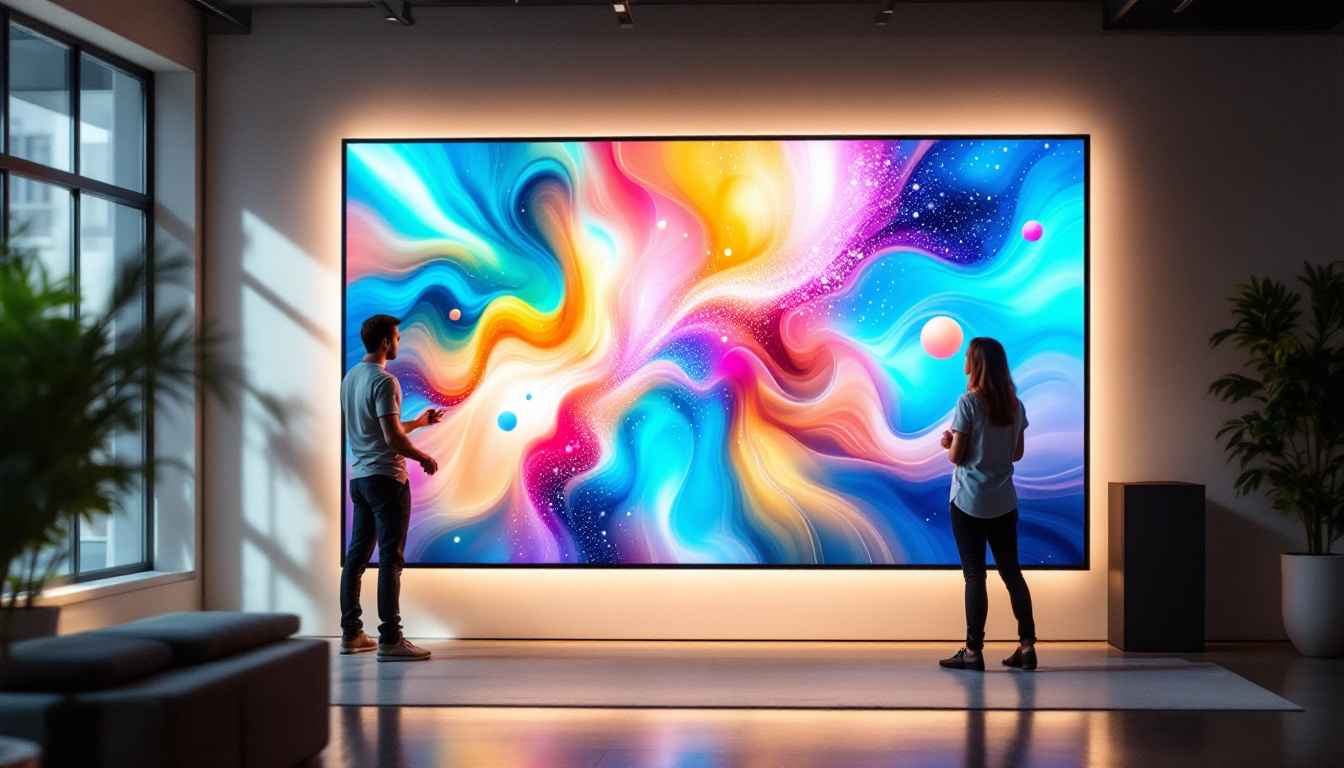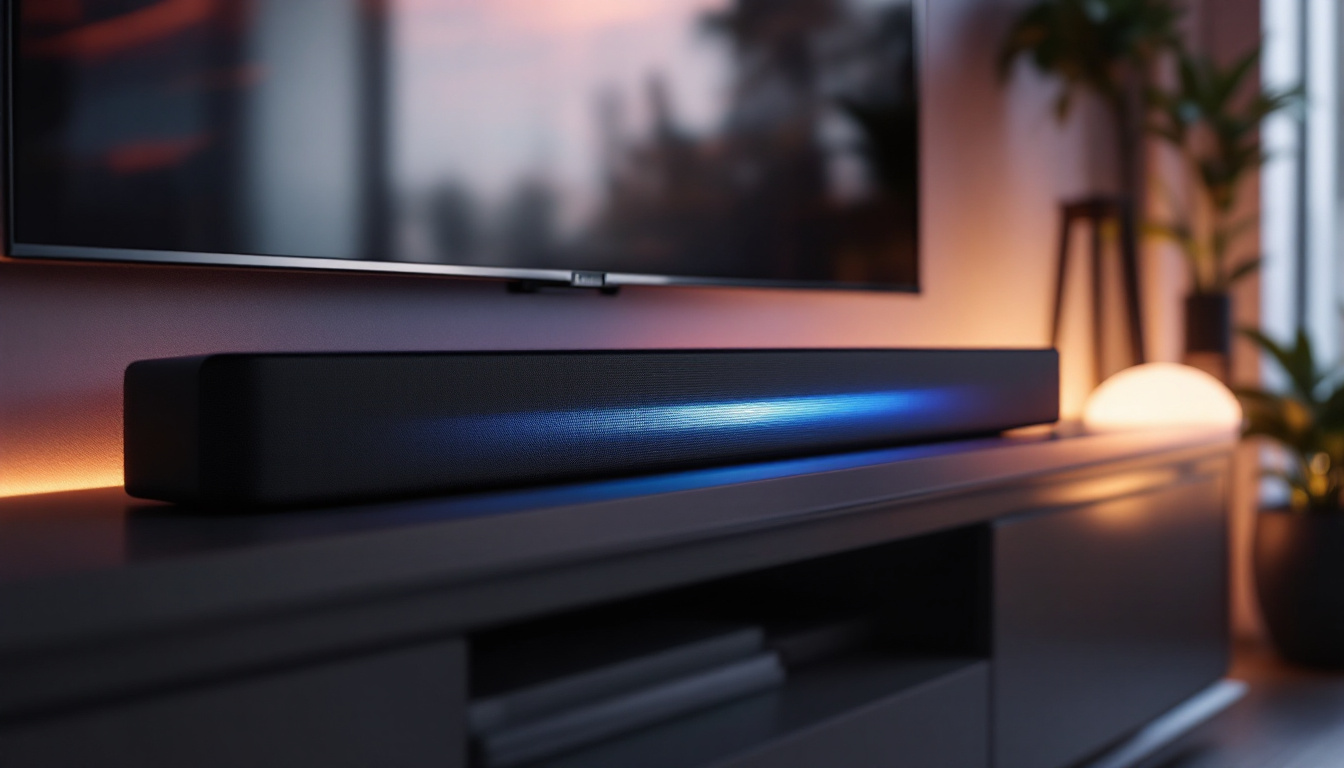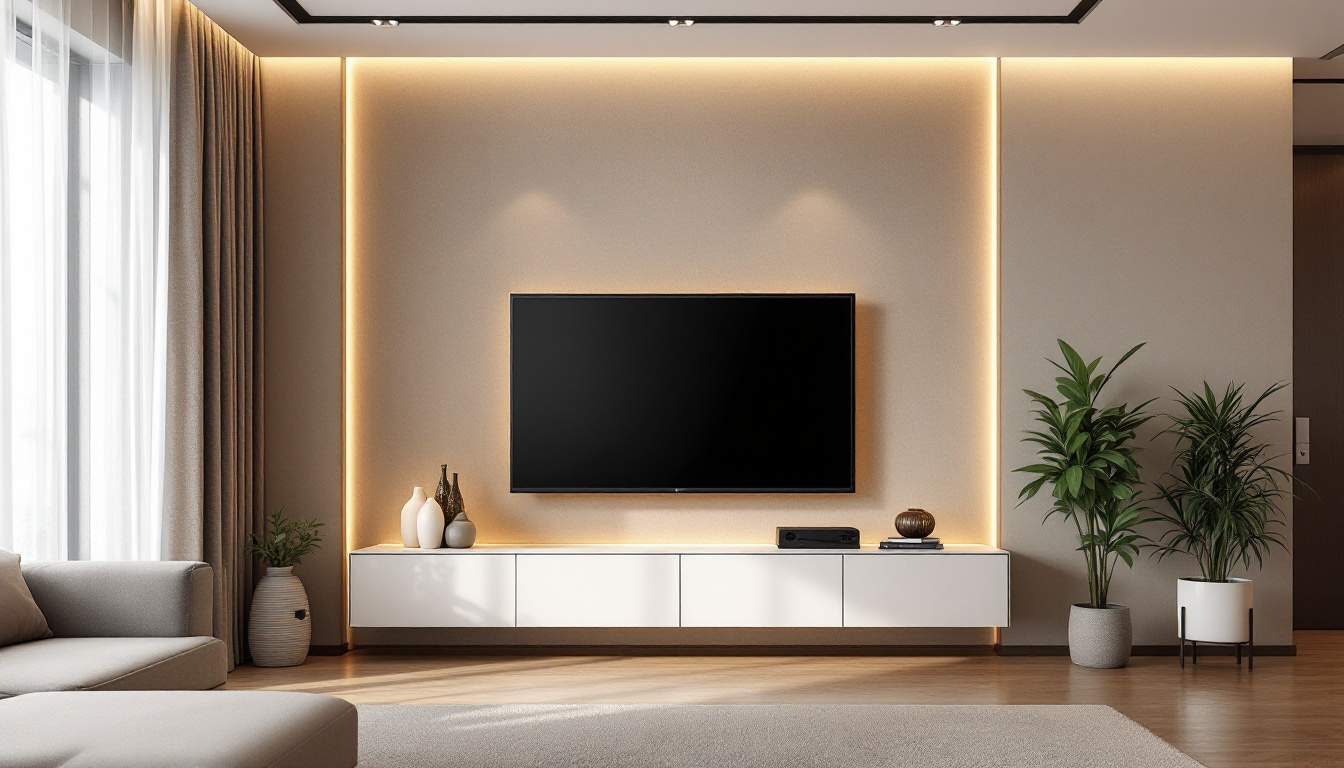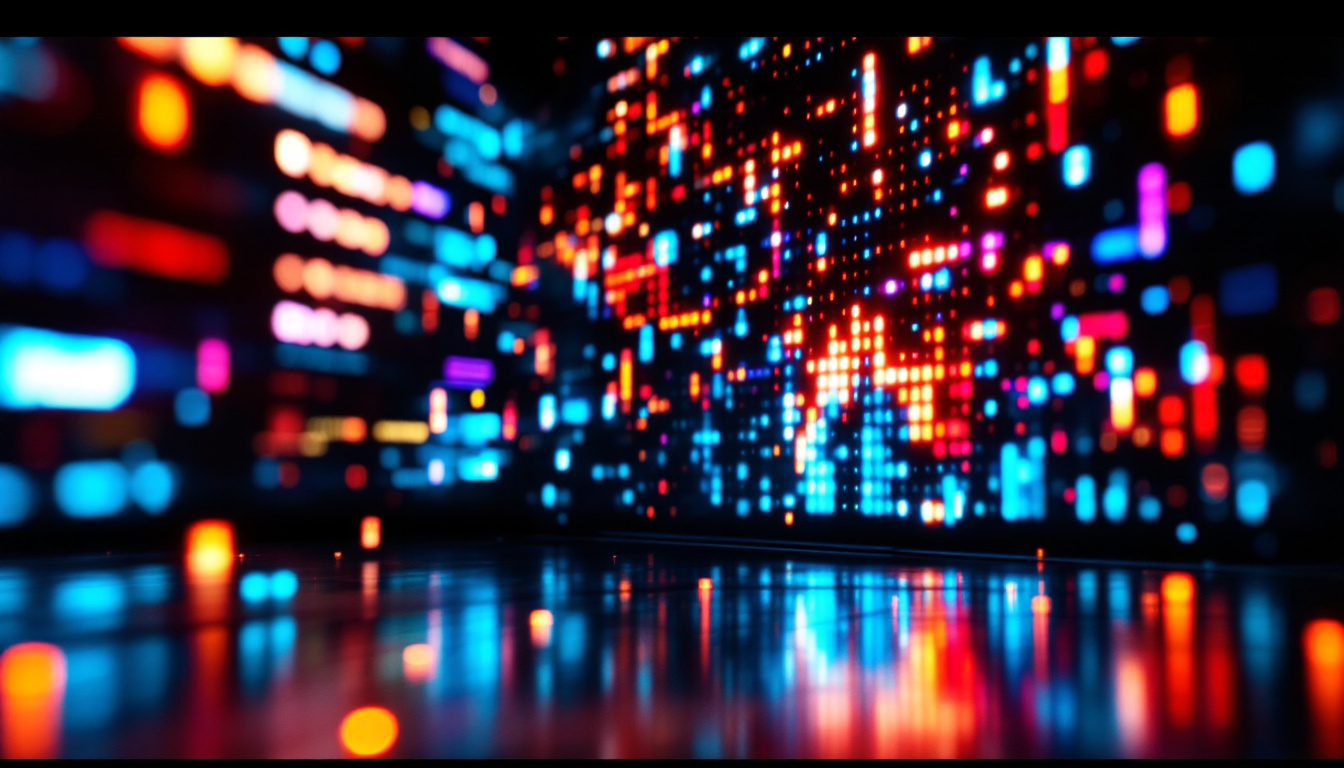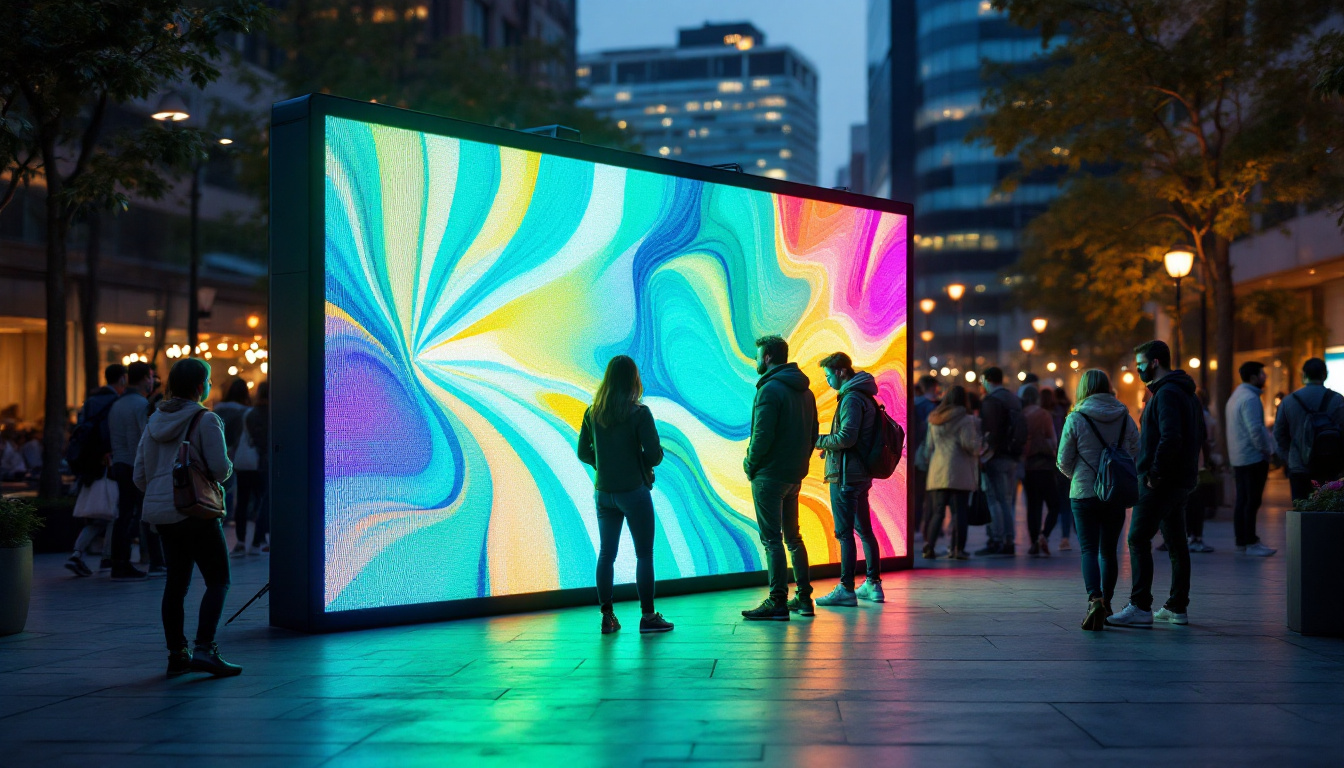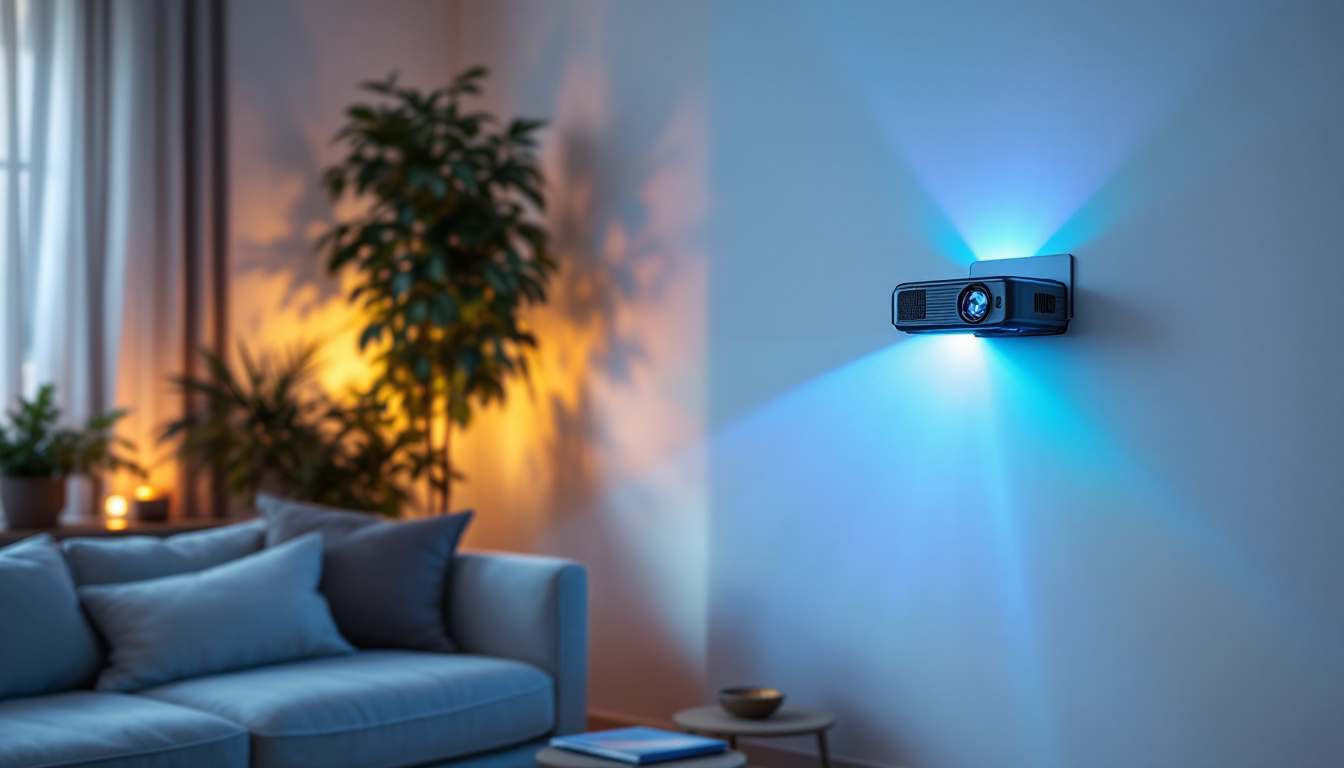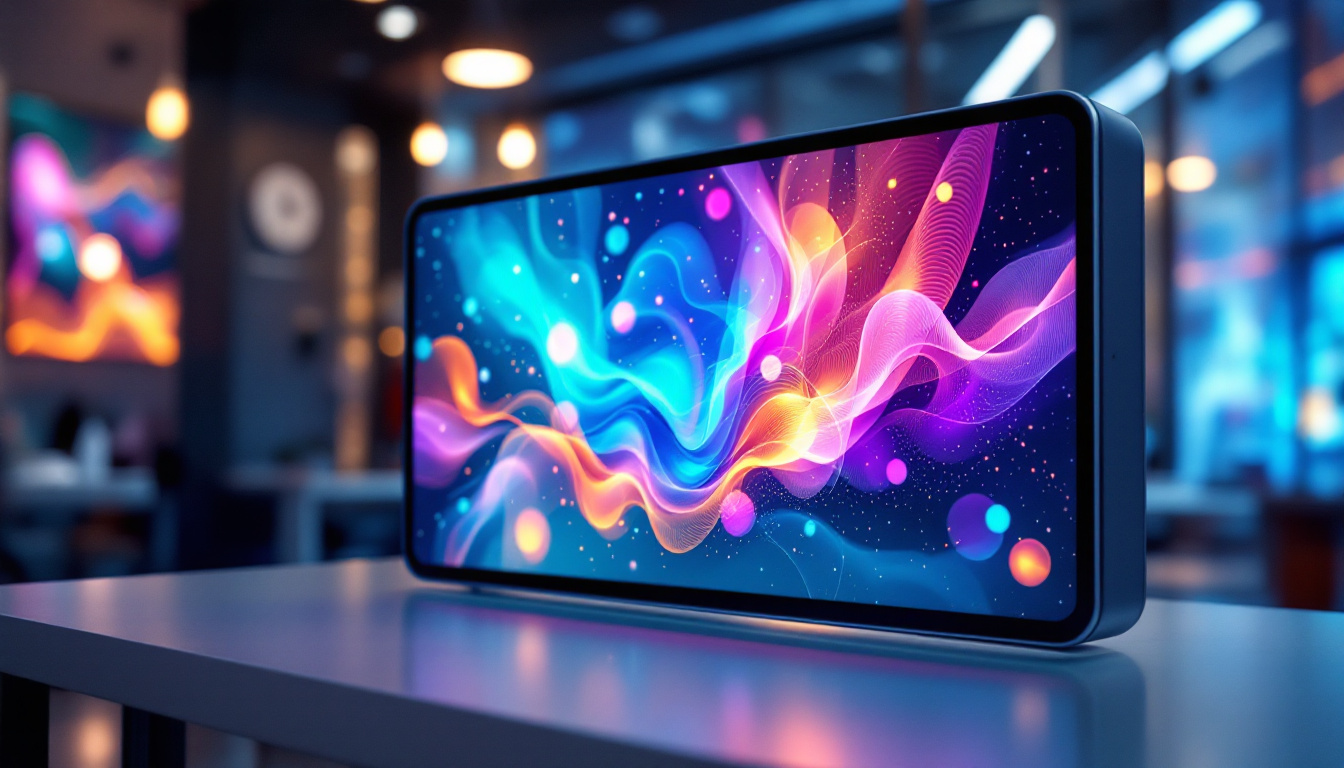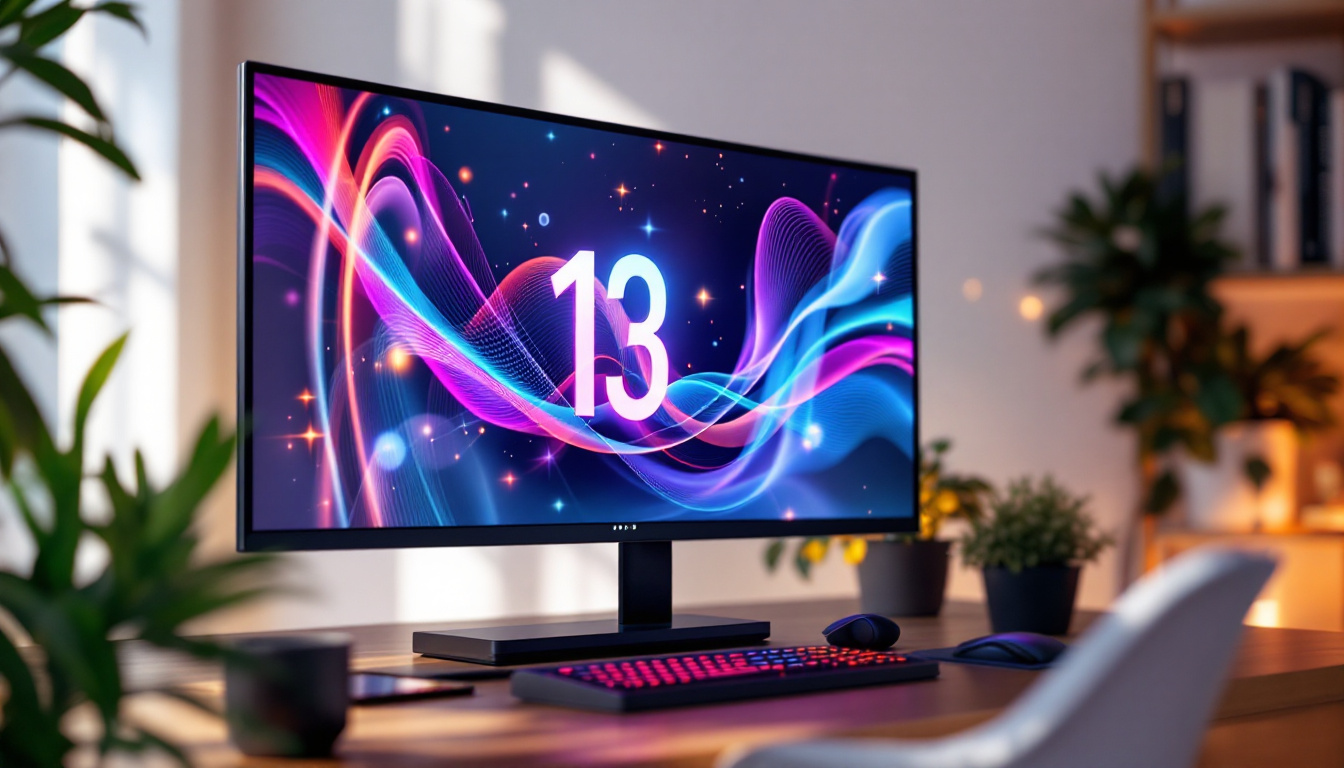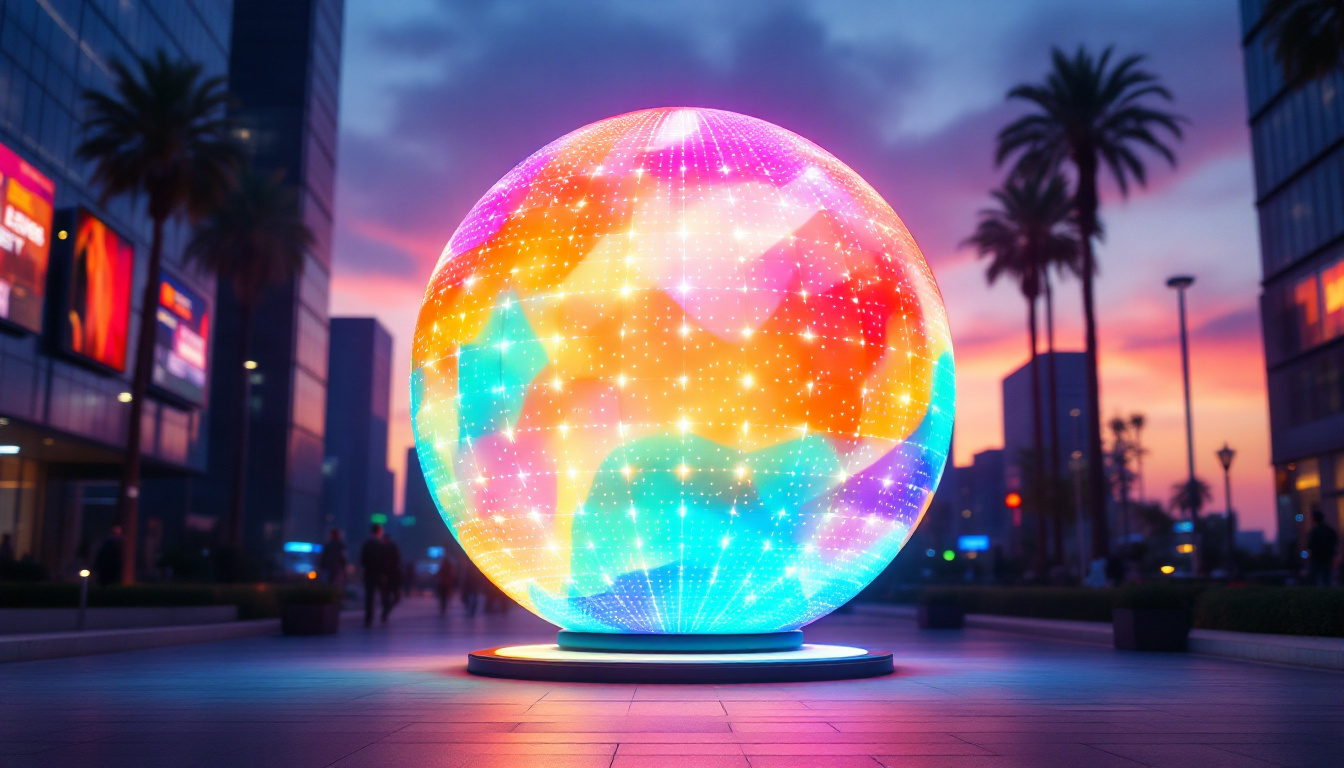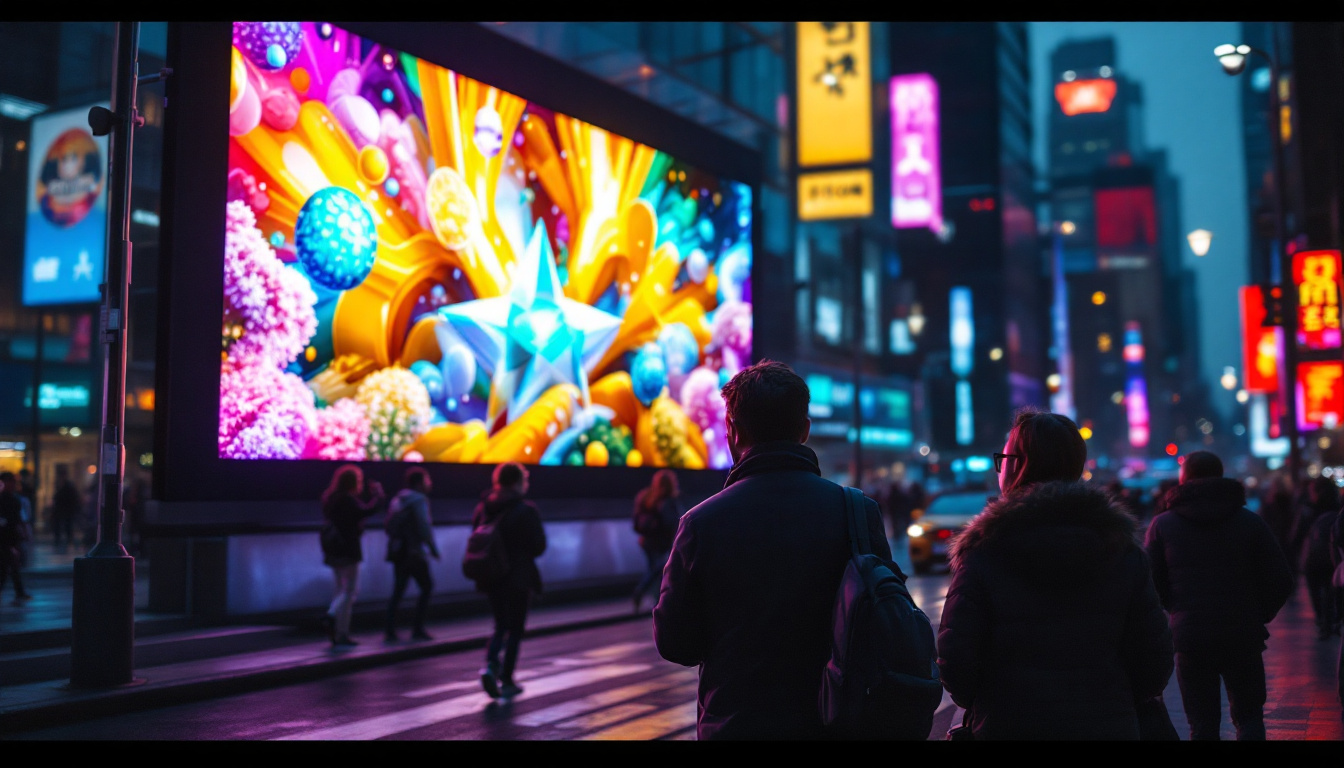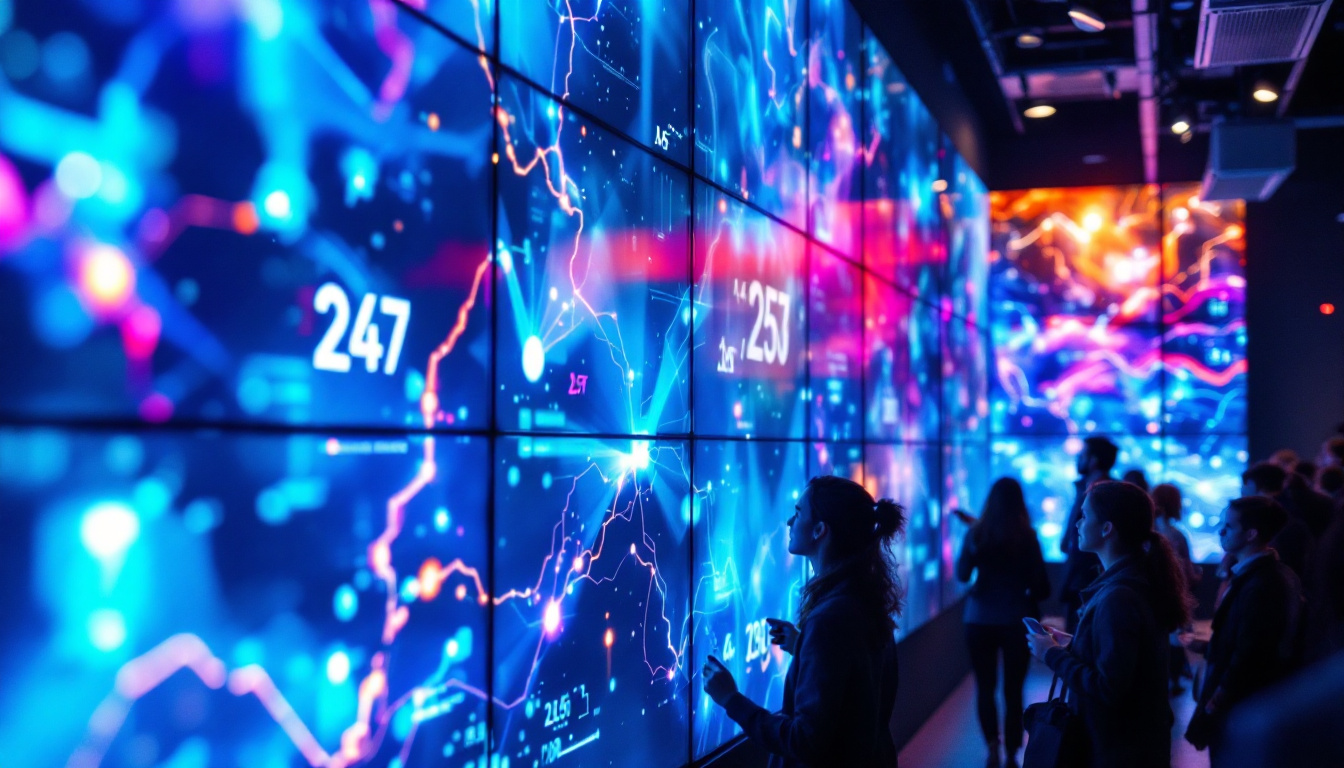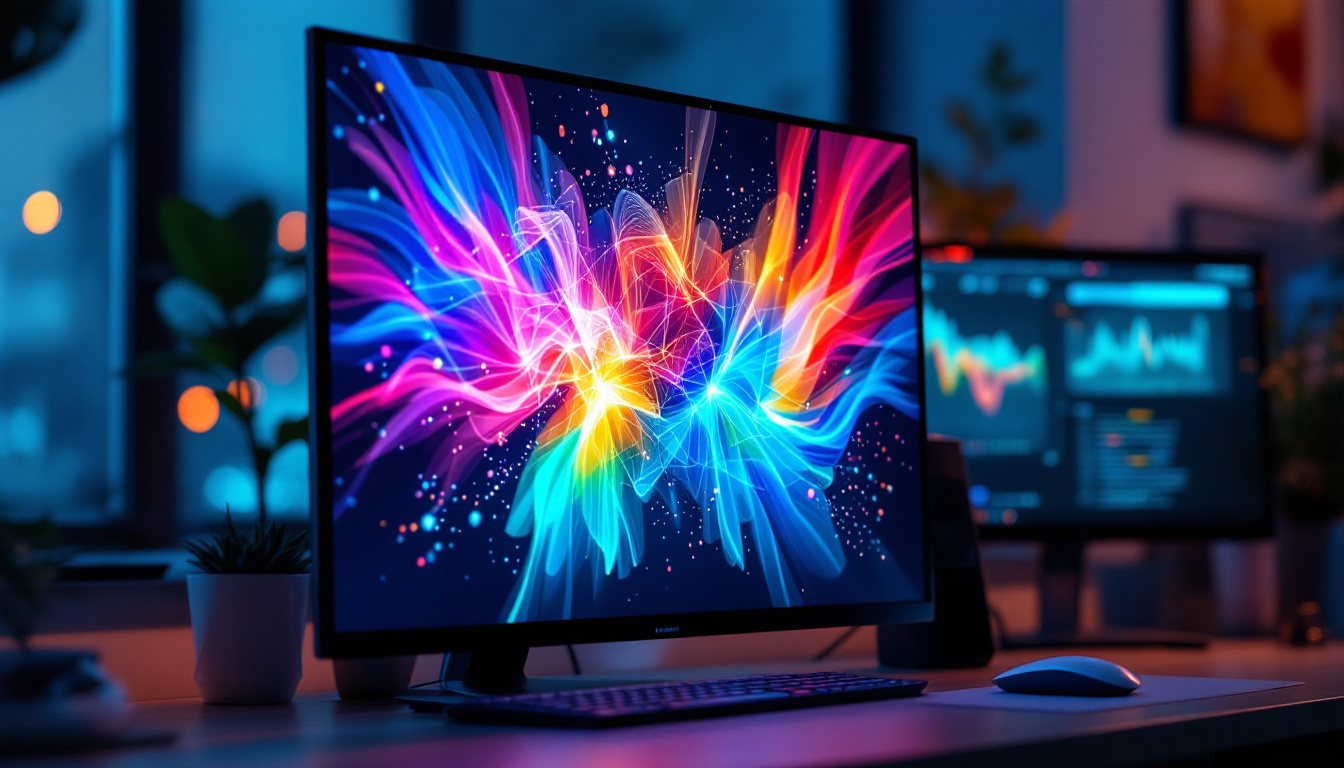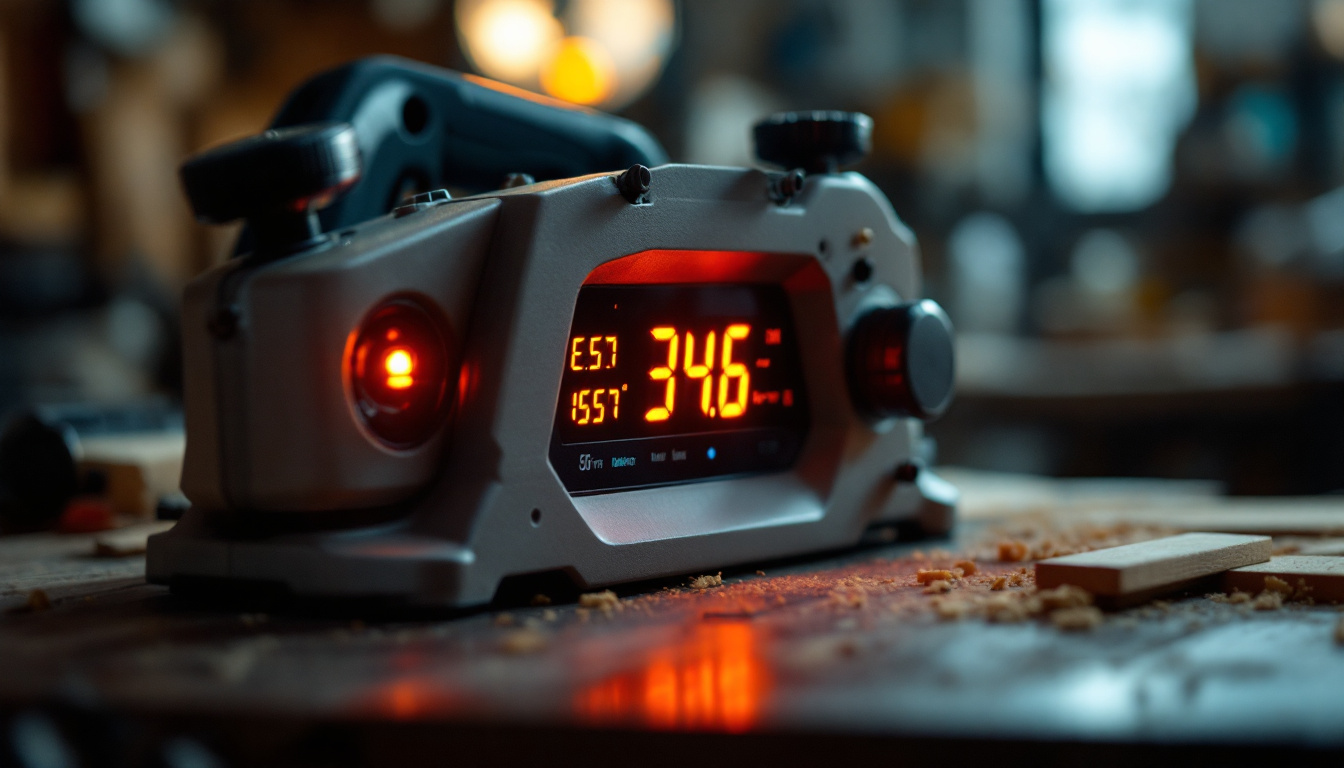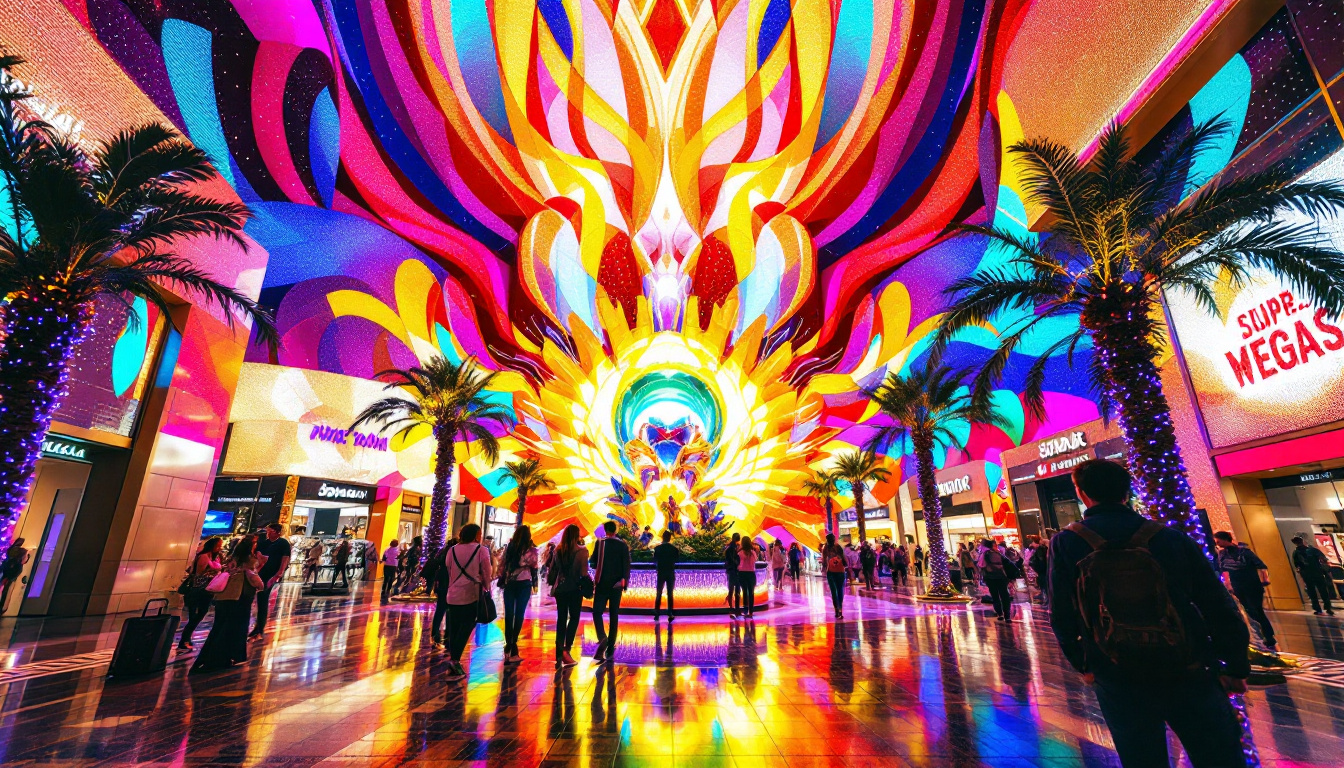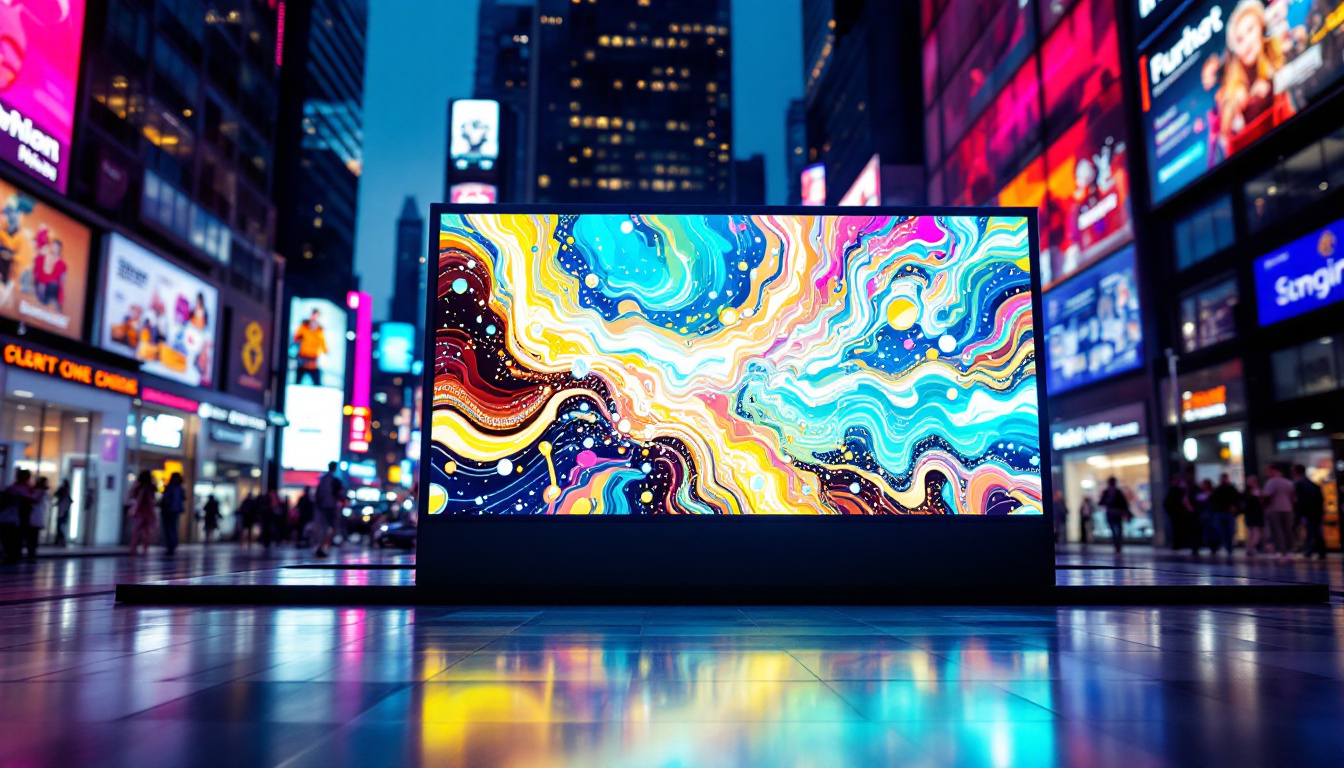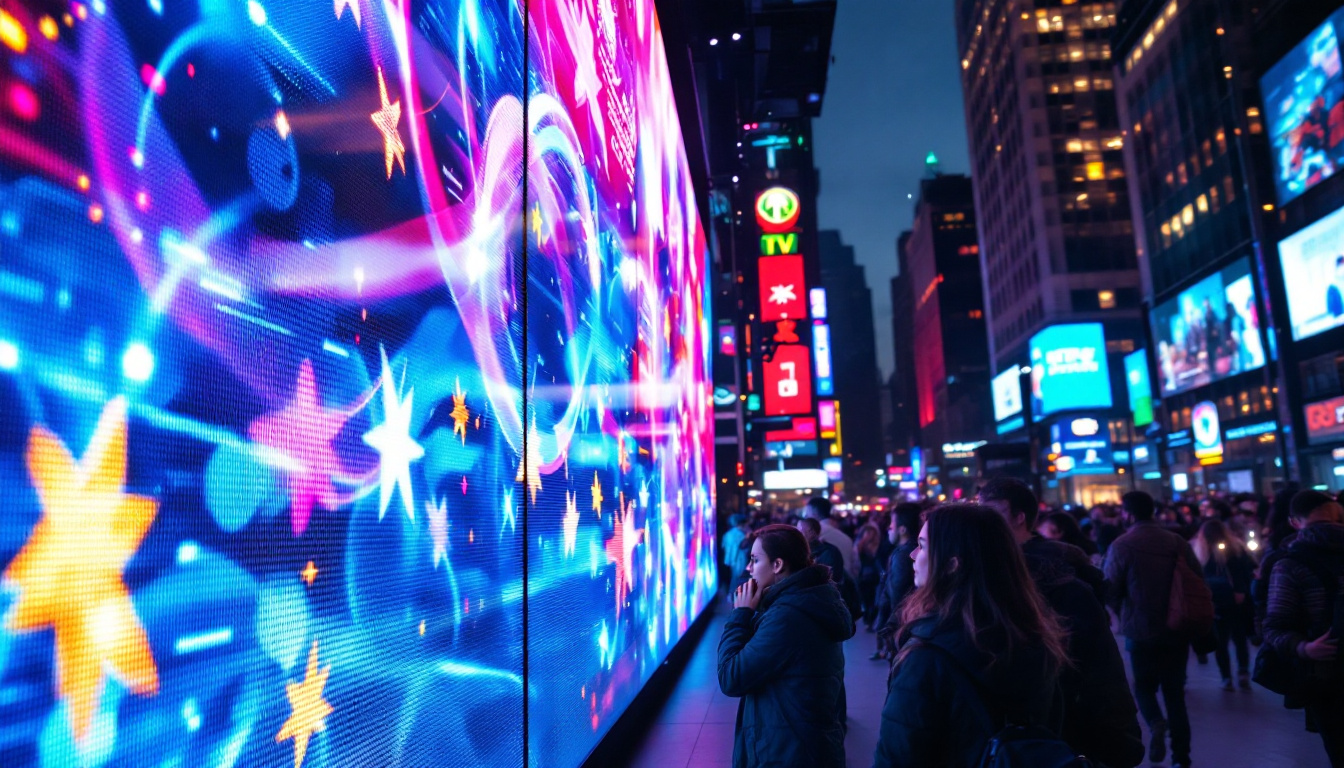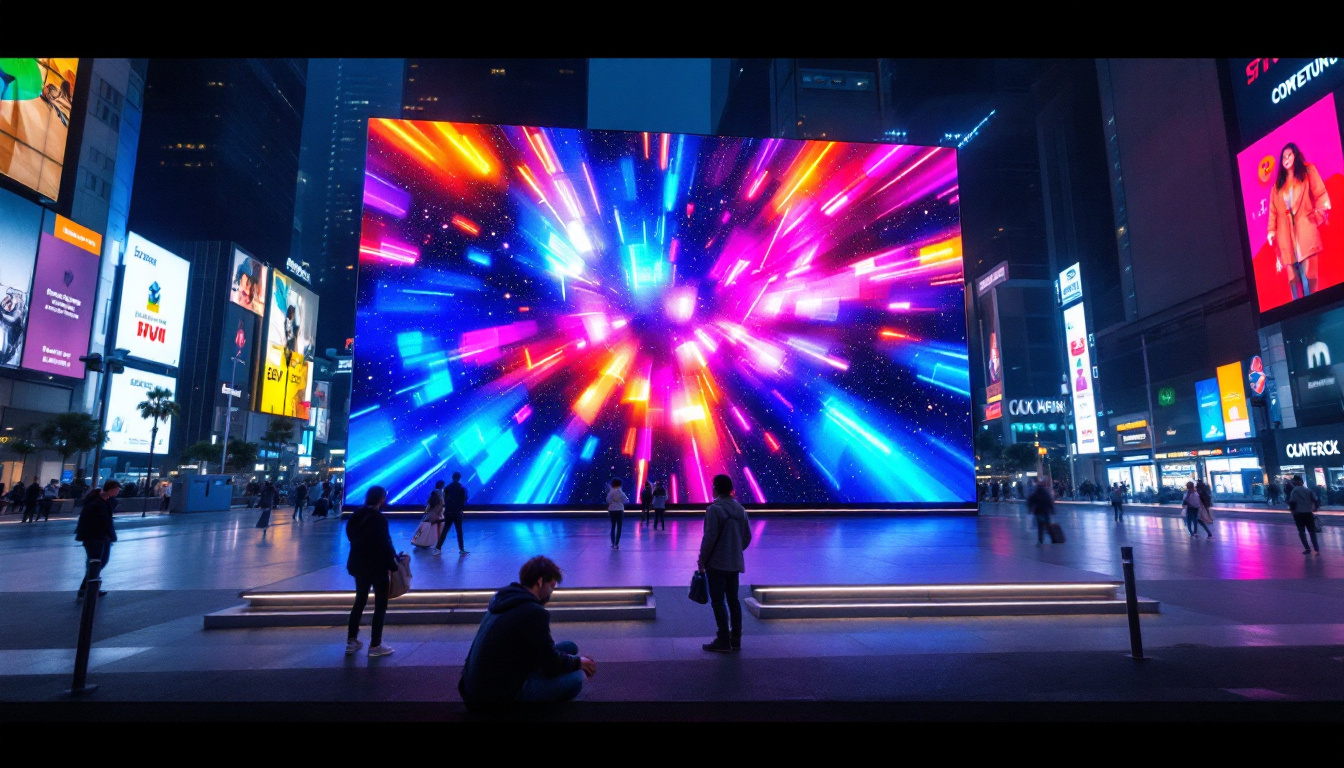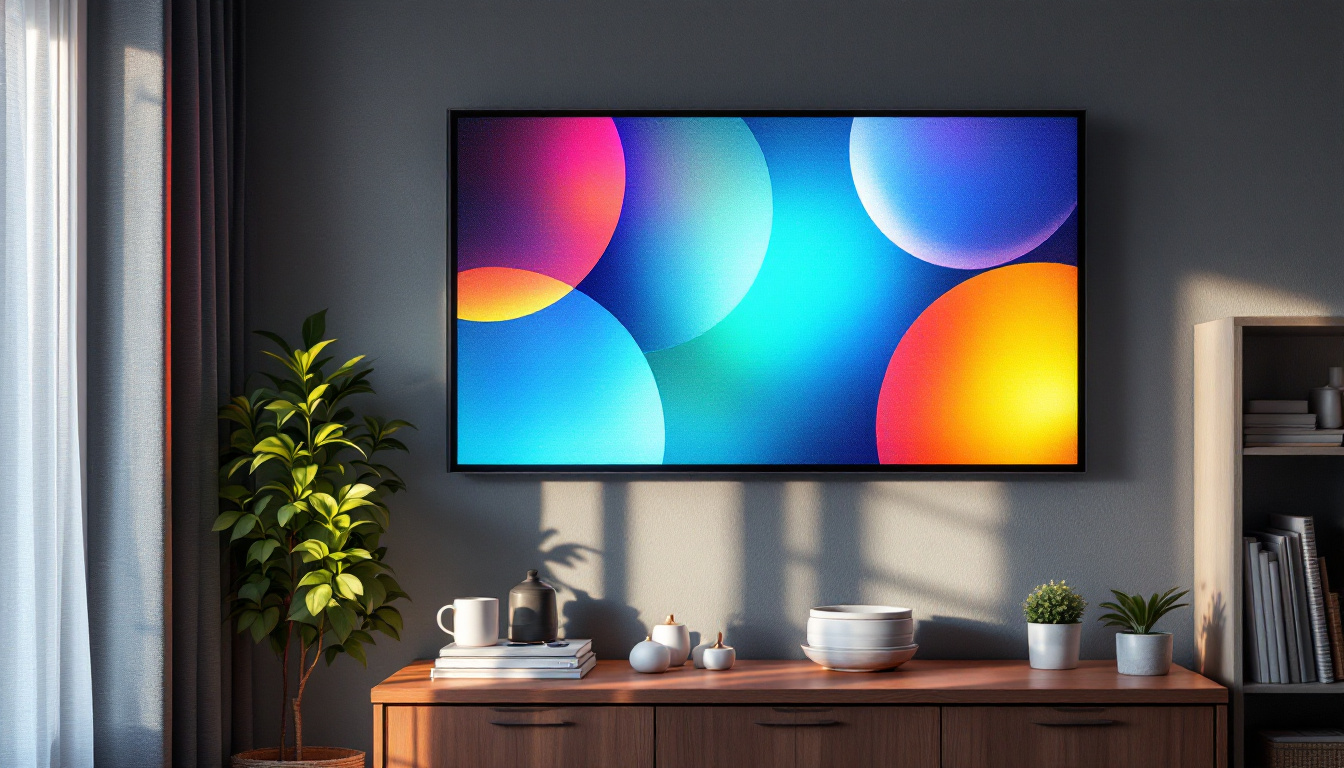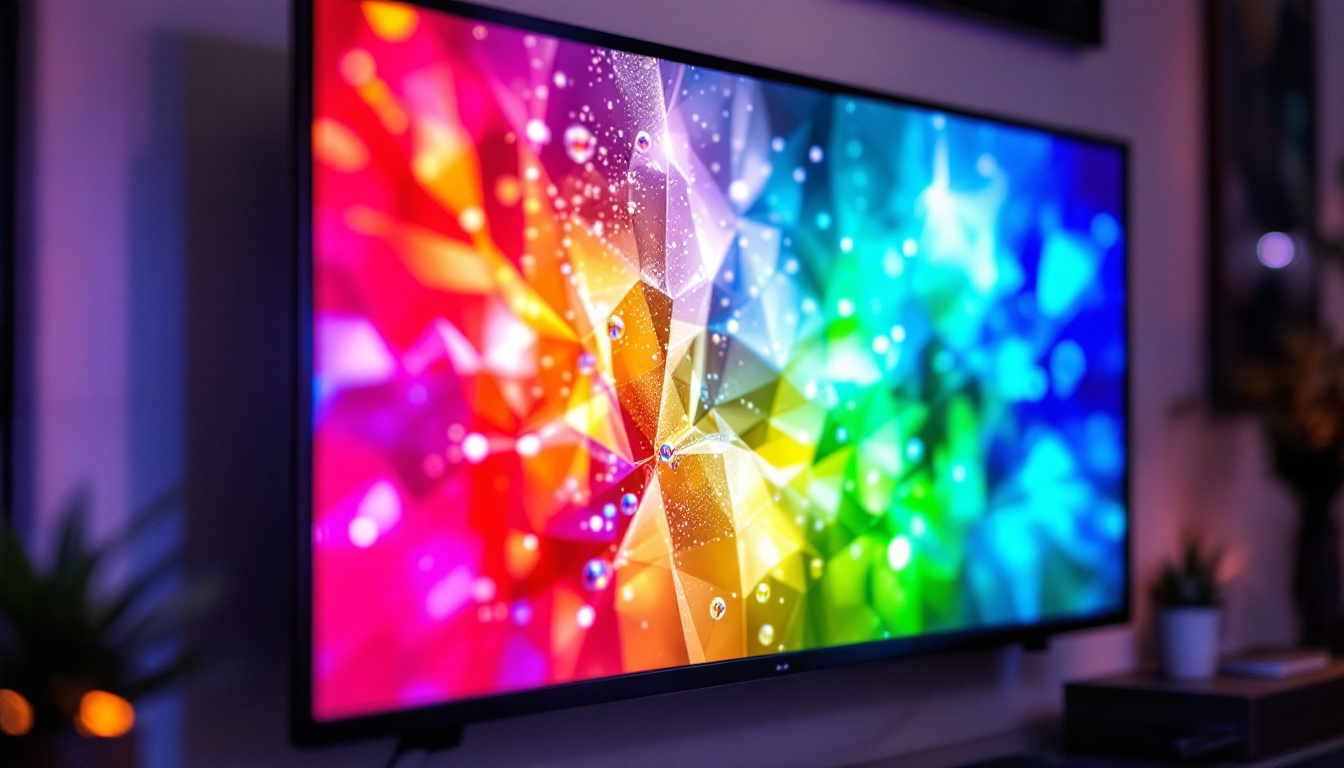In the fast-paced world of tradeshows and exhibitions, the need for eye-catching displays has never been more critical. One of the most effective ways to capture attention is through LED display walls. These vibrant, dynamic installations not only enhance the visual appeal of a booth but also serve as powerful tools for communication and branding. This article delves into the various aspects of tradeshow walls featuring LED displays, exploring their benefits, types, and best practices for implementation.
Understanding LED Displays
LED displays, or Light Emitting Diode displays, have revolutionized the way information is presented at events. Their ability to produce bright, vivid colors and sharp images makes them an ideal choice for tradeshow environments where competition for attention is fierce.
What Are LED Displays?
LED displays consist of numerous small diodes that emit light when an electrical current passes through them. These diodes are arranged in a grid format, allowing for the creation of images and videos. The technology behind LED displays has advanced significantly, enabling high-resolution visuals that can be viewed from various angles and distances.
In tradeshow settings, LED displays can be used for a variety of purposes, including showcasing promotional videos, displaying product information, or even broadcasting live social media feeds. Their versatility makes them a valuable asset for any exhibitor looking to stand out. Furthermore, the integration of interactive features, such as touch screens or motion sensors, can enhance audience engagement, allowing visitors to explore products in a more dynamic way. This interactivity not only captivates attention but also encourages longer dwell times at booths, increasing the likelihood of meaningful conversations and connections.
Benefits of LED Displays at Tradeshows
The advantages of using LED displays in tradeshow walls are numerous. First and foremost, they offer exceptional visibility. The brightness of LED screens ensures that content remains clear and engaging, even in well-lit environments. This is crucial for attracting foot traffic and drawing in potential clients.
Additionally, LED displays are highly customizable. Exhibitors can easily change content on the fly, allowing for real-time updates and adaptations based on audience engagement. This flexibility can be a game-changer, enabling brands to respond to trends or highlight specific products as needed. Moreover, the lightweight and modular design of many LED display systems allows for easy transport and setup, making them an efficient choice for exhibitors who frequently participate in multiple events. This ease of use, combined with the ability to create stunning visual displays, positions LED technology as a leading choice for modern marketing strategies at tradeshows.
Types of LED Displays
When considering LED displays for tradeshow walls, it’s essential to understand the different types available. Each type has its unique features and applications, making them suitable for various exhibitor needs.
Indoor vs. Outdoor LED Displays
One of the primary distinctions in LED displays is between indoor and outdoor models. Indoor LED displays are designed to be viewed in controlled lighting environments, offering high resolution and vibrant colors. They are ideal for tradeshows held in convention centers or indoor venues.
On the other hand, outdoor LED displays are built to withstand the elements. They are typically brighter and more durable, ensuring visibility in direct sunlight and resistance to weather conditions. These displays are perfect for outdoor events or exhibitions where visibility is critical.
Fixed vs. Rental LED Displays
Exhibitors also have the choice between fixed and rental LED displays. Fixed displays are permanent installations that can be used repeatedly at various events. They often require a significant upfront investment but can be more cost-effective in the long run for companies that participate in multiple tradeshows.
Rental LED displays, conversely, offer flexibility for companies that may not exhibit frequently or want to try out different display configurations. Renting allows for access to the latest technology without the commitment of a purchase, making it an attractive option for many exhibitors.
Designing Your LED Display Wall
A well-designed LED display wall can significantly enhance the overall impact of a tradeshow booth. The design process involves several key considerations to ensure that the display effectively communicates the desired message.
Content is King
The content displayed on an LED wall is paramount. It should be visually appealing, informative, and aligned with the brand’s identity. High-quality images, engaging videos, and concise text can create a captivating experience for attendees.
Moreover, the content should be tailored to the audience. Understanding the demographics and interests of potential clients can help in crafting messages that resonate. For example, using industry-specific terminology or showcasing relevant case studies can make the content more relatable and impactful.
Layout and Structure
The layout of the LED display is another critical factor. A cluttered or disorganized display can overwhelm viewers, while a clean, structured layout can guide the audience’s attention. Utilizing a grid system can help in organizing content effectively, ensuring that key messages stand out.
Incorporating branding elements, such as logos and color schemes, can also enhance recognition and recall. Consistency in branding across all materials, including the LED display, reinforces the brand identity and strengthens the overall message.
Best Practices for LED Displays at Tradeshows
To maximize the effectiveness of LED displays at tradeshows, exhibitors should adhere to several best practices. Implementing these strategies can lead to a more successful and engaging experience for both the exhibitor and the attendees.
Engage with Interactive Content
Interactive content can significantly enhance viewer engagement. Incorporating touch screens or QR codes that lead to additional information can encourage attendees to interact with the display. This not only captures attention but also fosters a deeper connection with the brand.
Gamification elements, such as contests or quizzes displayed on the LED wall, can also draw in crowds. Offering prizes or incentives for participation can further increase foot traffic and create a buzz around the booth.
Utilize High-Quality Visuals
The quality of visuals displayed on an LED wall can make or break the overall impression. High-resolution images and professionally produced videos are essential for conveying a polished and credible brand image. Poor-quality visuals can detract from the message and diminish the perceived value of the brand.
Additionally, ensuring that the content is optimized for the specific LED display being used is crucial. Different displays may have varying resolutions and aspect ratios, so tailoring content to fit these specifications will enhance clarity and impact.
Technical Considerations
While the aesthetic aspects of LED displays are essential, technical considerations also play a vital role in their effectiveness. Understanding the technical specifications can help exhibitors make informed decisions regarding their display setups.
Resolution and Pixel Pitch
Resolution refers to the number of pixels in an image, while pixel pitch is the distance between the centers of adjacent pixels. Both factors significantly influence the clarity and quality of the display. A lower pixel pitch generally results in a higher resolution and sharper image, making it ideal for close viewing distances.
For tradeshow environments, where attendees may be viewing displays from various distances, selecting the appropriate resolution is critical. High-resolution displays are particularly beneficial for showcasing intricate details in products or graphics.
Brightness Levels
Brightness is another crucial technical specification for LED displays. Measured in nits, brightness levels determine how well the display performs in different lighting conditions. For indoor displays, a brightness level of around 1,500 to 2,500 nits is typically sufficient, while outdoor displays may require brightness levels exceeding 5,000 nits to remain visible in direct sunlight.
Choosing the right brightness level ensures that content remains clear and engaging, regardless of the environment. This is especially important at tradeshows, where lighting conditions can vary significantly.
Case Studies: Successful LED Display Implementations
Examining successful implementations of LED displays at tradeshows can provide valuable insights into effective strategies and practices. Here are a few notable examples that highlight the impact of LED technology in exhibition settings.
Case Study 1: Tech Innovations Expo
At the Tech Innovations Expo, a leading technology company utilized a massive LED display wall to showcase their latest products. The display featured high-resolution videos demonstrating product features, along with interactive elements that allowed attendees to engage with the content.
The result was a significant increase in booth traffic, with many attendees stopping to watch the videos and interact with the display. The company reported a marked improvement in lead generation compared to previous events, attributing much of this success to the engaging LED display.
Case Study 2: Fashion Forward Fair
At the Fashion Forward Fair, a well-known clothing brand implemented an LED display to showcase their latest collection. The display featured vibrant visuals of models wearing the clothing, along with dynamic transitions that kept viewers engaged.
The brand also incorporated social media feeds into the display, showcasing real-time posts from attendees wearing their products. This interactive element not only increased engagement but also created a sense of community around the brand, leading to higher sales during the event.
Conclusion
LED displays have become an integral part of tradeshow walls, offering a dynamic and engaging way to communicate messages and showcase products. With their vibrant visuals, flexibility, and interactivity, they provide exhibitors with the tools needed to stand out in a crowded marketplace.
By understanding the various types of LED displays, best practices for design and implementation, and technical considerations, exhibitors can create impactful experiences that resonate with attendees. As technology continues to evolve, the potential for LED displays at tradeshows will only expand, making them a crucial component of any successful exhibition strategy.
Discover LumenMatrix’s Innovative LED Display Solutions
Ready to elevate your tradeshow presence and captivate your audience with unparalleled visual experiences? Look no further than LumenMatrix, a pioneer in LED display technology. Our comprehensive range of solutions, from Indoor and Outdoor LED Wall Displays to specialized options like Vehicle, Sports, and Floor LED Displays, is designed to bring your brand to life. Embrace the future of visual communication with our Custom, All-in-One, and Transparent LED Displays. Check out LumenMatrix LED Display Solutions today and transform your next exhibition into an unforgettable event.

